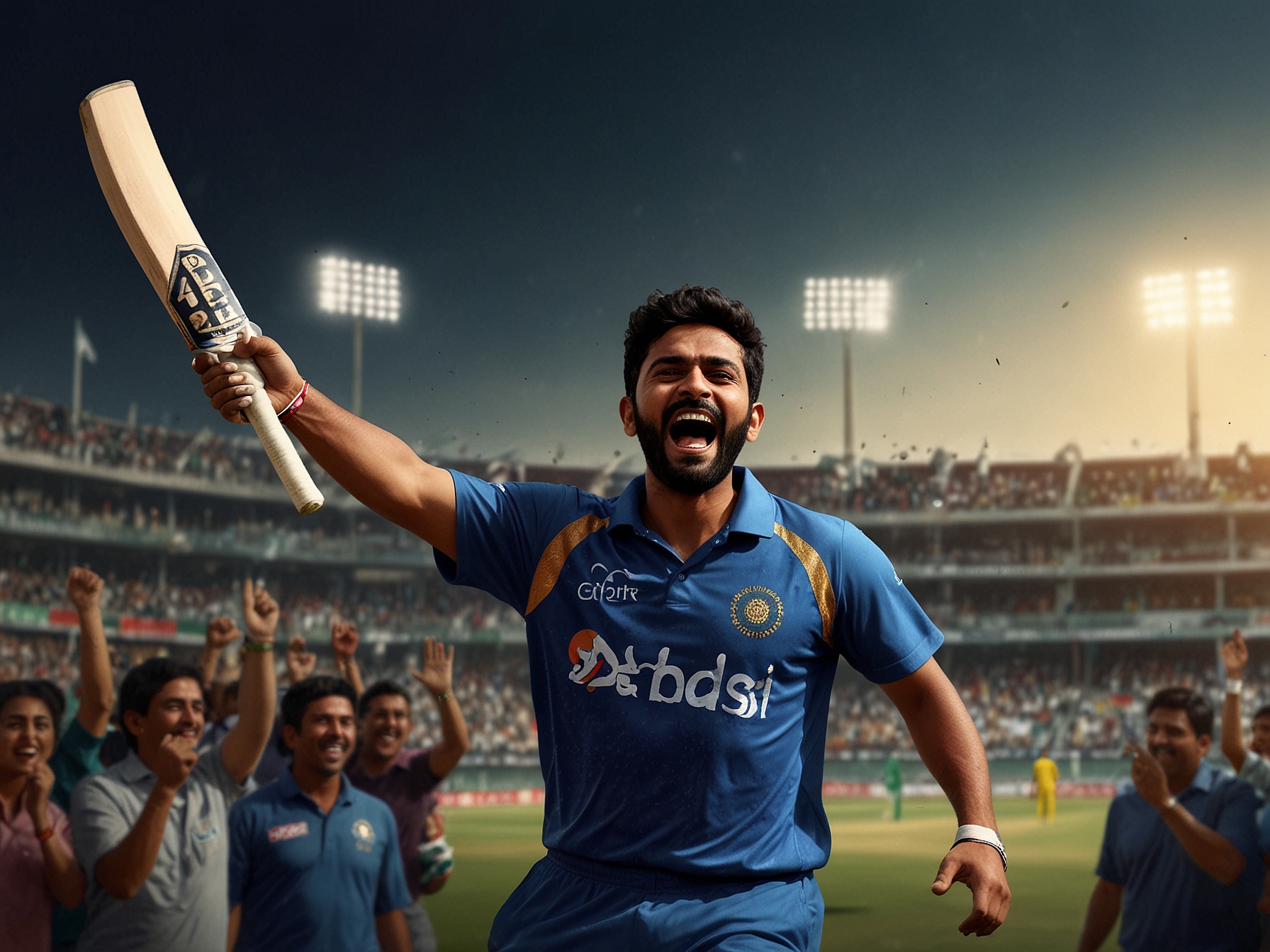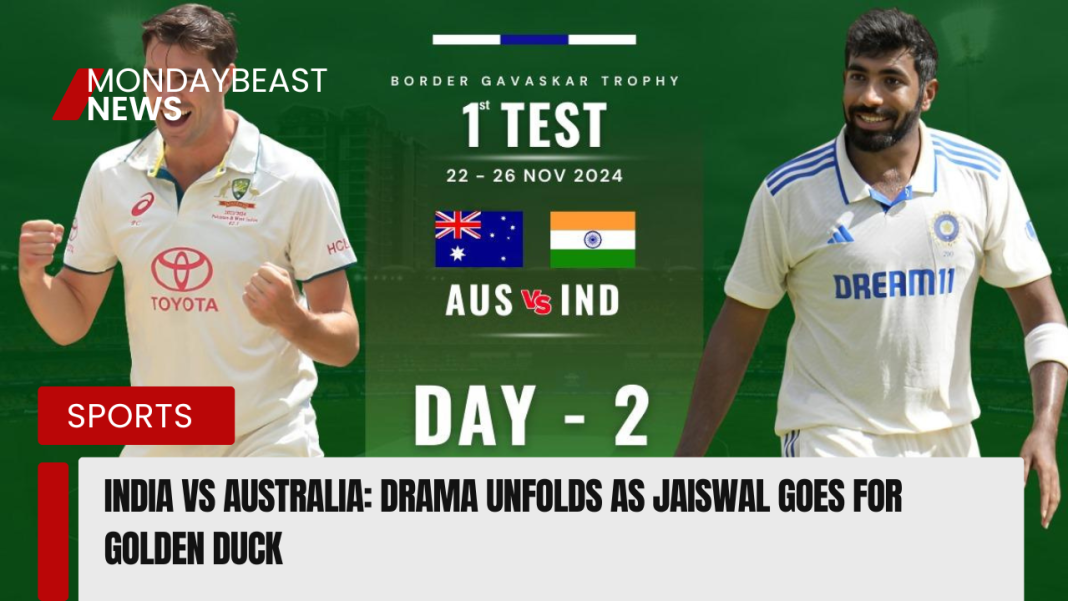As the sun dipped below the horizon, a palpable tension filled the Adelaide Oval. Fans held their breath, ready for a fierce clash between two cricketing giants. On this day, expectations met reality in the most unexpected of ways.
Yashasvi Jaiswal, one of India’s promising young talents, faced his first delivery and, in a heart-stopping moment, was dismissed for a golden duck. How does a player bounce back from such an ignoble start? This cricket match showcases the dramatic narratives that define sports.

Jaiswal’s failure was a sharp reminder of the unpredictability of cricket. Just days earlier, he had starred in India’s resounding victory against Australia in Perth. To see him falter so soon left many questioning his readiness for this stage.
True, he’s young, but the stakes are high. What does that mean for the team’s morale? It’s a question on everyone’s lips. Meanwhile, Australia, reeling from their recent defeat, entered this second Test with plenty to prove.
The media scrutiny over their capitulation in Perth only amplified the pressure. Just how do they respond in a must-win situation? Confidence, it seems, is a double-edged sword. Although they have never lost a pink-ball match at this venue, doubts lingered in the air.

With each passing over, the game took twists that kept fans riveted to their seats. Mitchell Starc, Australia’s fast bowler, made headlines by striking Jaiswal out on the first ball of the match. Spectators erupted in disbelief as they recalled Starc’s early wicket-taking prowess.
True or not, could this set the tone for Australia? Their spirits were lifted, but it was a bitter pill for India, who had just begun to settle. As for the team dynamics, Rohit Sharma’s decision to take the middle order was a bold move.
Returning to lead after a stint away, he recognized the fine line between vulnerability and resilience. Listening to his gut instincts, he chose to support the team’s young talents rather than overshadow them. Was it this leadership that would rally India? Fans could only hope.

However, it wouldn’t be a cricket match without its share of drama. India soon found themselves down to four wickets after a swift collapse. KL Rahul survived a narrow no-ball call while Virat Kohli, who is usually a rock for the team, exited early.
What was happening? One could feel the collective gasp from the stands. Still, young Shubman Gill stood firm. Each boundary he struck was a signal of hope amidst the chaos.
Hurdles like these can either galvanize a team or pull it apart. How would this be determined by the end of the day? The promise of a thrilling battle loomed in the bright Adelaide sky.
Elsewhere on the field, Alex Carey emphasized the need to focus on past successes. Yet can the ghosts of one game support the psyche of another? Given Adelaide’s storied legacy for Australia, they walked in with a cautious optimism.
That, after all, is the beauty of Test cricket: each battle is distinct, even within the larger narrative. In conclusion, as we dissect this gripping encounter, it begs the question: what makes a great cricket match?
Is it records shattered, players dazzled, or something more human? The unfolding events in this series can teach us about resilience, collaboration, and the power of bated breath. Cricket, like life, is much more than the final score.




